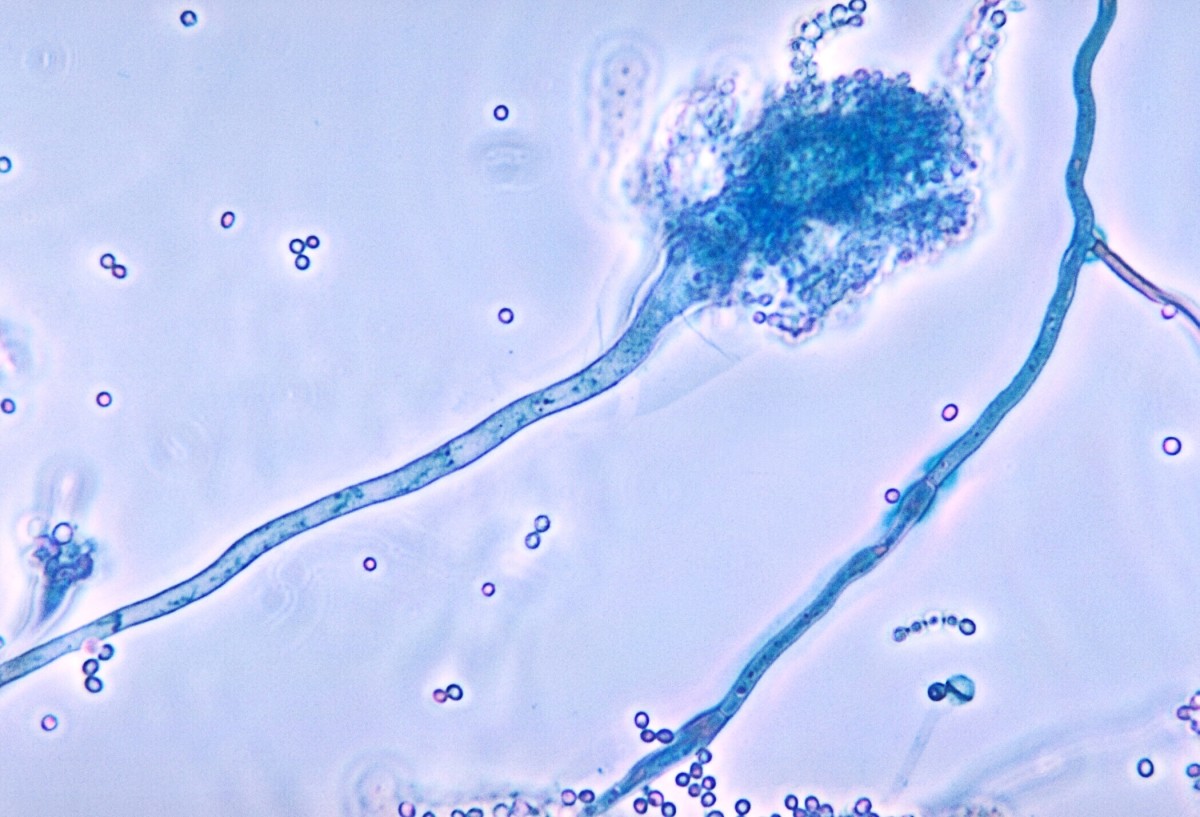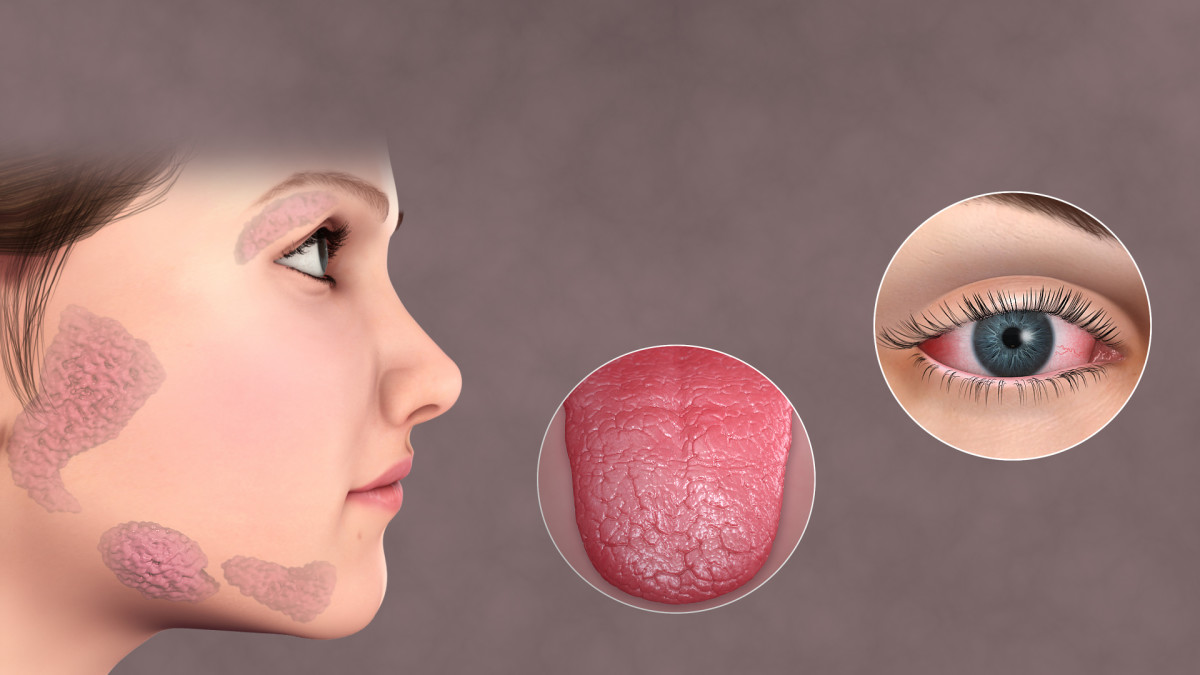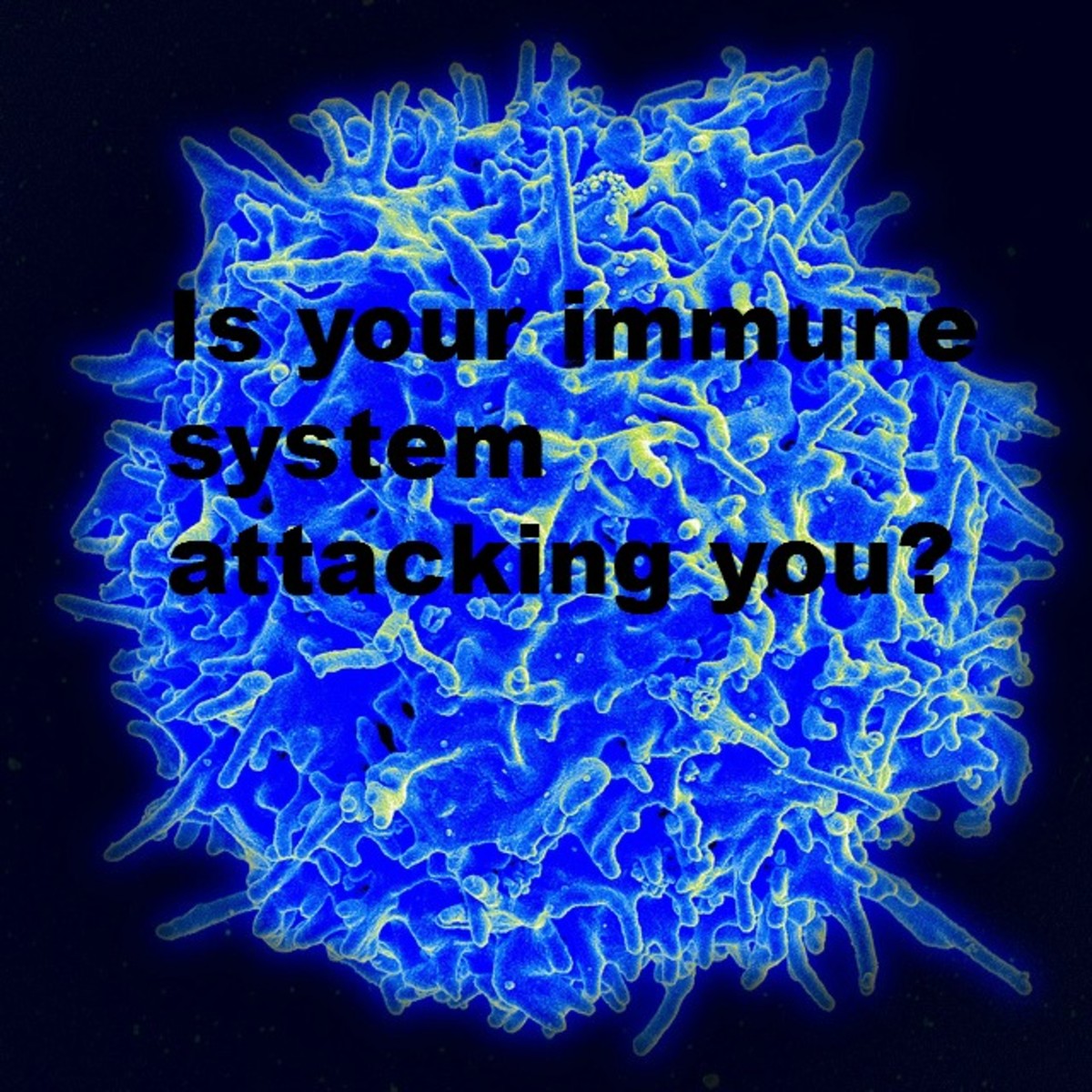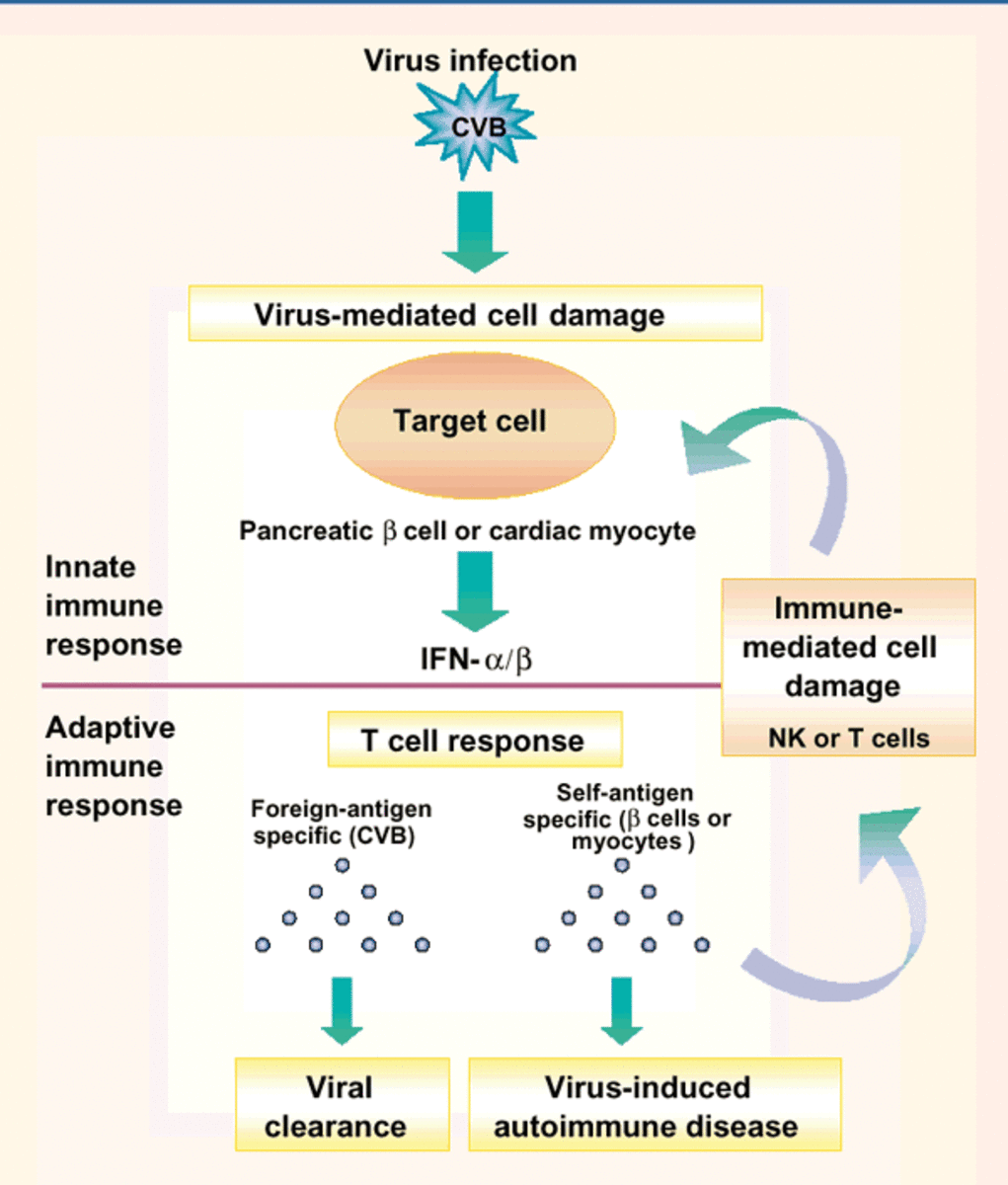Sick Building Syndrome and Black Mold: Could Your Home Be Bad for Your Health?
“Six weeks into these exposures, we could not breathe, were throwing up blood, lost our memories, fell and bruised constantly, our noses bled unexpectedly.” (Carroll-Bower) This may sound like the story of someone exposed to nuclear radiation or some terrible disease, but these are the words of a woman whose own house was killing her.

The Phenomenon of Sick Building Syndrome
In 1984, the World Health Organization issued a statement indicating that a significant number of physical ailments were being exacerbated and possibly even caused by toxic indoor environments (EPA).
Asbestos had recently been in the news for its connection to adverse health conditions. Asbestos, which had once been considered a “wonder material” (Timmer, par.1), had recently been linked to lung ailments including potentially fatal cancer. Experts wondered if other materials used in construction would turn out to be harmful as well.
In the late 80’s, the National Institute of Occupational Safety and Health studied 450 buildings, finding that over half of them had poor interior air circulation and that nearly one quarter tested positive for some type of contaminant.
The various illnesses and diseases believed to be attributable to exposure to some type of contaminant within one’s home or workplace has become known as Sick Building Syndrome (SBS). The reality is that many of us may live in a toxic home environment.
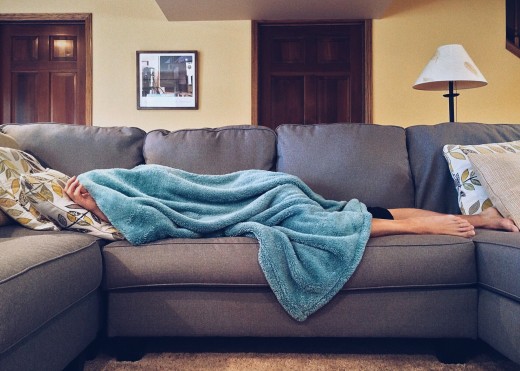
Sick Building Syndrome Symptoms
Lethargy
| Fatigue
| Dizziness
| Nausea
|
Headaches
| Rashes
| Itchy or Dry Skin
| Dry Throat
|
Coughing
| Difficulty Concentrating
| Sensitivity to Odors
| Irritability
|
Something In The Air
One major contributor to the toxicity of many buildings is believed to be Volatile Organic Compounds, or VOCs. These chemicals (which include toluene, benzene, ethylene glycol, and mercury) are commonly found in paint, wood strippers, and the like. At room temperature, they are converted to a gaseous form that is readily inhaled by humans. More recent studies have shown that VOC’s can slowly leach from common household paint for years, causing headaches and asthma in the initial stages and eventually lung and kidney problems after prolonged exposure (EPA). One such compound is formaldehyde.
The same formaldehyde used to embalm corpses is commonly used in carpeting, drapery, and wood products. The chemical, of course, is used primarily as a preservative. It is also classified as one of the carcinogens responsible for causing building-related illnesses (AIA).
One study, conducted by the International Agency for Researching Cancer, exposed rats to different concentrations of airborne formaldehyde for two weeks for 6 hours per day. A direct correlation between the level of exposure and the development of certain genetic markers for lung diseases was found. In short, formaldehyde very quickly changed the cellular programming of the animals, predisposing them to a myriad of maladies (Donggeun). However, VOC’s are not the only threat when it comes to toxified living quarters.
Possibly the most sinister culprit of SBS is the dreaded ‘black mold’. While there are “hundreds of different kinds of mold,” according to Bill Haile (CEO of American Ecotech Corporation), the most dangerous is Stachybotrys chartarum, a pathogenic black mold that emits harmful spores, or mycotoxins. The presence of this type of mold has prompted closures and even complete destruction of buildings. The number of people with disturbing stories about their experience with this musty monster seems to be growing.
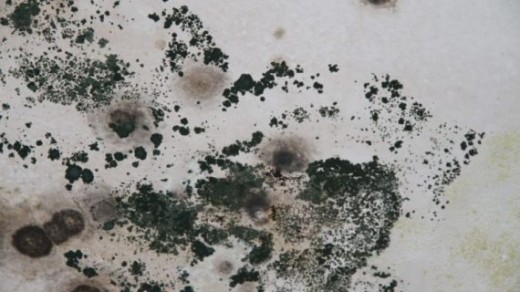
Nicole Mohr, a California school teacher, blogs on the internet about her experience with black mold. Newlyweds in late 2003, she and her husband were excited to find an apartment they could afford in Los Angeles. They had hardly settled in when she began to experience extreme coughing fits.
When she went to the doctor, she was told that it was just her childhood asthma acting up. This was strange to Nicole, since she hadn’t experienced any asthma symptoms throughout her adulthood until then. Something just didn’t seem right.
Over a two-year period, Mohr‘s symptoms spiraled out of control to the point where she missed several days of work at a time because she could not move from her bed for more than a few minutes at a stretch. Her parents suggested that the problems could be attributable to the mold that kept creeping up from under the paint in the young couple’s bathroom.
After two years of crippling pain, severe breathing problems, and inconclusive diagnoses, Nicole and her husband moved from the apartment. It appeared that her parents' suspicion had been spot-on. Within weeks, she began to feel better. Nearly two years later, she says she feels fine and that her symptoms have completely disappeared. She is sure the mold is what made her sick.
Director of Patient Safety at Nassau University, Dr. Ken Steier, says he has seen scores of cases involving lung ailments attributable to toxic mold over the years. He says that while some people are more prone to be affected by it than others, the mold can cause symptoms from coughing and headaches to memory loss and lung damage.
The problem of mold and other household toxins is greatly exacerbated by the fact that many homes have inferior ventilation and poor air circulation. Houses built in the last few decades are especially prone to this type of situation, since they are usually extremely well insulated and sealed off which allows very little fresh air into the home. The building industry is swiftly taking steps to remedy existing ‘sick houses’ and prevent future instances of such problems.
There Is Hope For Our Homes
“There is a big lesson to be learnt from asbestos…many materials (are) being used now in buildings that in time could turn out to be harmful,” says Brian O’Brien, biologist and director of Solearth Ecological Architecture. O’Brien suggests that by opting to use more natural products to construct our homes, we will be guarding against the possibility of a future discovery that a material regarded as safe now is actually not.
Today’s consumer will find increasing numbers of alternative products that can be used instead of their chemical-laden counterparts. In many cases, these natural substitutes work just as well and are quickly reaching price levels that are competitive with traditional materials.
Low VOC paint has become widely available, as well as wool carpet and other natural styles of flooring such as bamboo. Brian tells us that even traditional wood floors can be treated with oils and waxes derived from natural sources instead of toxic lacquer to minimize health hazards to humans and pets.

Alternatives to Traditional (and Often Toxic) Building Materials
Traditional Material
| Alternative Material
|
|---|---|
Fiberglass Insulation
| Soy-Based Foam Insulation
|
Synthetic Carpeting
| Wool Carpeting
|
Synthetic Hard Flooring
| Bamboo, Recycled Wood
|
Traditional Paint
| Low and No VOC Paint
|
Traditional Countertops
| Recycled Glass, Stone, or Porcelain
|
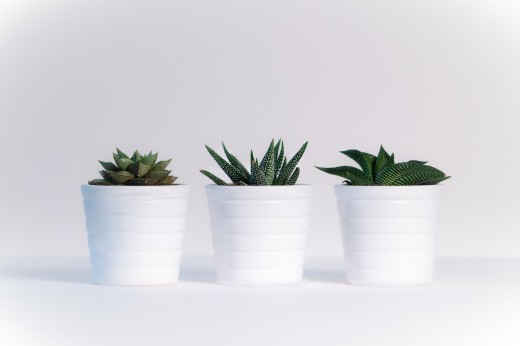
The HVAC industry has not fallen behind, and today there are house-healthy heating and cooling options such as supply-air windows that heat air as it comes in from outside. In such a case, windows could be left open even in cool weather for maximum fresh air circulation. There are other ways to help clear the air. A variety of purifying units are available at most home goods stores and breathing easier may even be as easy as buying a houseplant or two.
A simple way to safeguard your health from potential toxins at home is to garnish it with greenery. Picayune, Mississippi’s Wolverton Environmental Services published a study asserting that plants are very effective at removing airborne toxins emitted by common household and office materials. Some plants, it seems, are even better than others at doing it. In a study conducted by NASA , peace lilies, bamboo palms, chrysanthemums, and gerbera daisies are especially effective at removing all types of VOC’s from the atmosphere. As scary as SBS is, perhaps it is the simple solutions that will help the most.
While the ugly truth about toxic home building materials may be downright frightening, there are real solutions available. There is no question that many synthetic chemicals are harmful to our health, and the probability that still others will be added to the list of those that contribute to SBS is high. It stands to reason that the natural building movement will continue to grow and hopefully the horror stories will be at least fewer and further between.
If you have a story or some thoughts about Sick Building Syndrome, please share below in the comments section.



